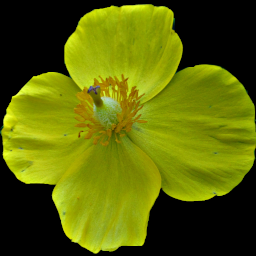 The natural habitat of skunk cabbage is muck, as we see in this patch from Fox Chapel. The plants were blooming at the beginning of March in a patch of sloshy ground next to the Squaw Run. These bizarre flowers come out beginning in February, before the leaves do.
The natural habitat of skunk cabbage is muck, as we see in this patch from Fox Chapel. The plants were blooming at the beginning of March in a patch of sloshy ground next to the Squaw Run. These bizarre flowers come out beginning in February, before the leaves do.
Gray describes the genus and the species:
SYMPLOCÁRPUS Salisb. SKUNK CABBAGE. Stamens 4, opposite the sepals, with at length rather slender filaments; anthers extrorse, 2-celled, opening lengthwise. Style 4-angled and awl-shaped; stigma small. Ovule solitary, suspended, anatropous. Fruit a globular or ovoid mass, composed of the enlarged and spongy spadix, inclosing the spherical seeds just beneath the surface, which is roughened with the persistent fleshy sepals and pyramidal styles.— Perennial herb, with a strong odor like that of the skunk, and also somewhat alliaceous; a very thick rootstock, and a cluster of very large and broad entire veiny leaves, preceded in earliest spring by the nearly sessile spathes, which barely rise out of the ground. (Name from symploke, connection, and karpos, fruit, in allusion to the coalescence of the ovaries into a compound fruit.)
S. foétidus (L.) Nutt. Leaves ovate, cordate, becoming 3-6 dm. long, short-petioled; spathe spotted and striped with purple and yellowish-green, ovate, incurved. (Spathyema Raf.)—Bogs and moist grounds, N. S. to N. C, w. to Ont., Minn., and Ia.








